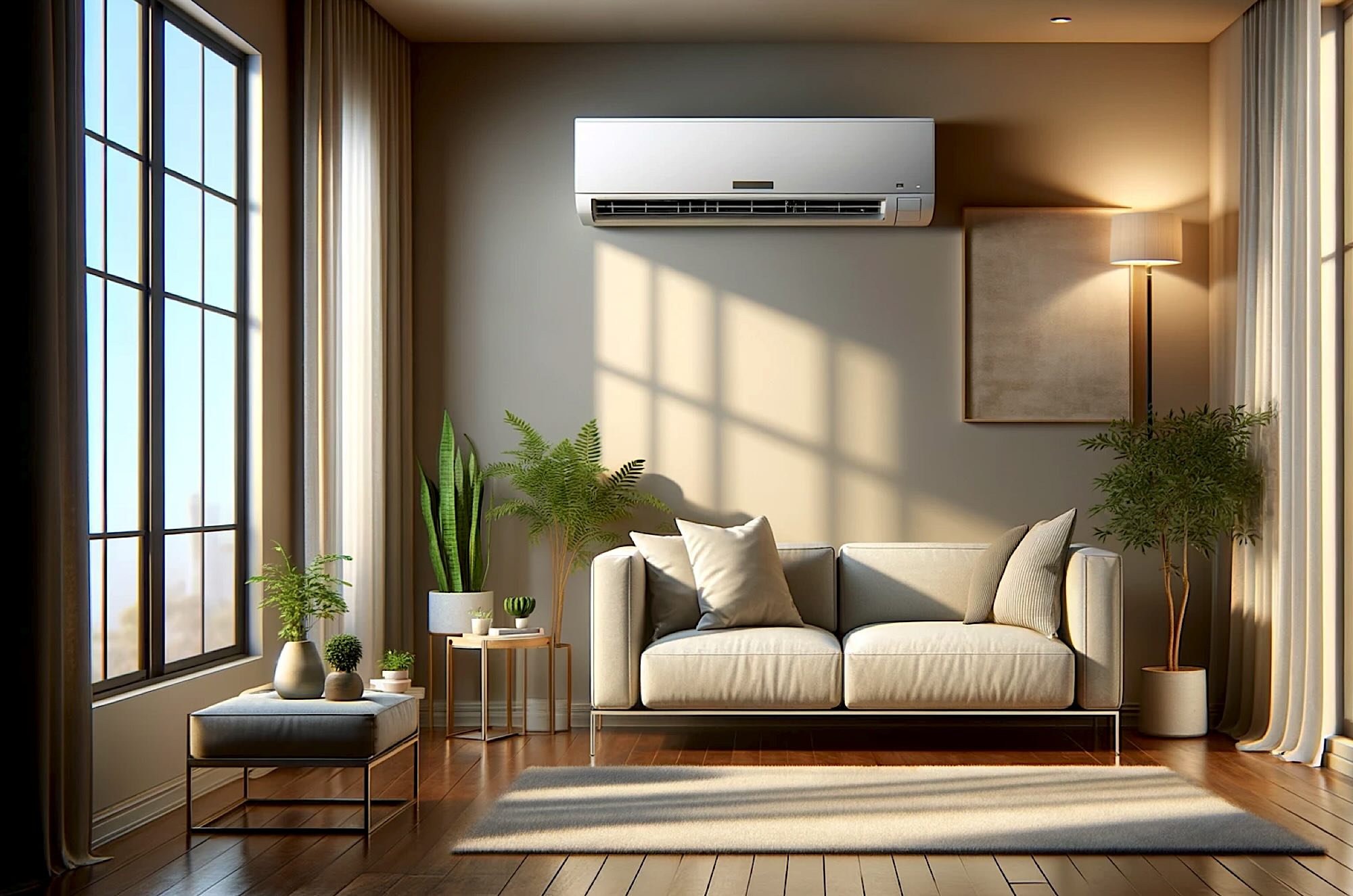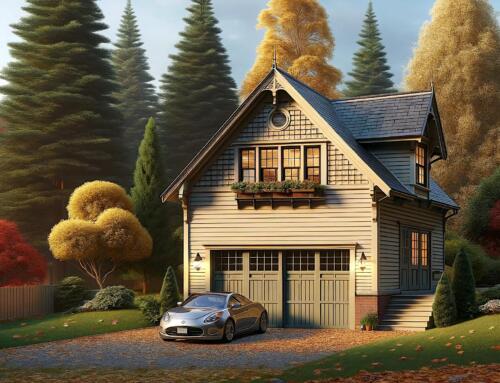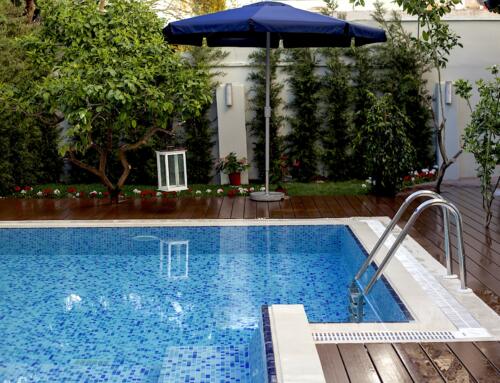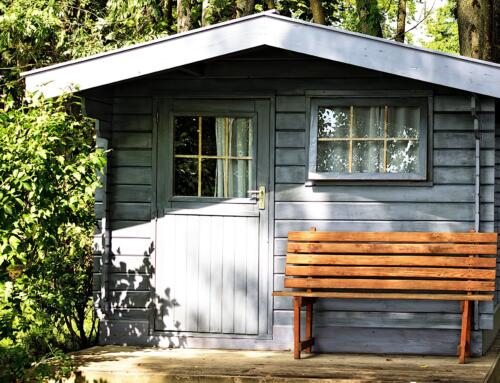Discover Affordable Comfort
If you’re in search of an efficient cooling solution that doesn’t involve installing window air conditioners or an extensive central air system, you might find your answer in ductless air conditioning. Also known as mini-split air conditioning, this type of cooling system comprises an outdoor unit and one or more indoor units connected by refrigerant lines. Ductless air conditioning stands out by not obstructing window views or posing security concerns as window units do. Furthermore, it doesn’t require intricate ductwork or major renovations, setting it apart from central systems. In this article, we’ll delve into the features and benefits of ductless air conditioning, the various types available, and how this cooling solution works its magic.
Benefits of Ductless Air Conditioning
- Energy Efficiency: Ductless units offer the potential for substantial energy savings by allowing you to control the temperature independently in each room or zone. With ductless systems, there’s no need to worry about energy losses associated with ductwork, which can account for up to 30 percent of your cooling costs. Some ductless units are even ENERGY STAR certified, making you eligible for rebates or incentives from your utility company or government.
- Versatility: These units can be installed in any room or space that requires cooling, including bedrooms, living rooms, kitchens, basements, attics, garages, sunrooms, or additions. You can choose from various styles and sizes of indoor units to match your specific needs and preferences. Whether you prefer wall-mounted, ceiling-mounted, floor-mounted, or concealed units, ductless systems offer flexibility in design.
- Easy Installation: Ductless units are relatively straightforward to install. They only require a small hole in the wall to establish a connection between the outdoor and indoor units through the refrigerant lines. The installation process can be completed within a few hours or days, depending on the number of units and their locations. By opting for ductless systems, you can sidestep the hassle and expense of installing ductwork or making modifications to your existing system.
- Comfort: Ductless units are designed to deliver consistent and even cooling throughout your home by adjusting airflow and temperature according to the specific conditions and demands of each room or zone. Enhanced air quality is an added benefit, thanks to filters that trap dust, pollen, allergens, and other contaminants. Some ductless units come equipped with dehumidifying and purifying functions, further enhancing your comfort and overall well-being.
Types of Ductless Air Conditioning
There are two main types of ductless air conditioning systems:
- Single-Zone Systems: These systems consist of one outdoor unit and one indoor unit, serving the purpose of cooling one room or area. Single-zone systems are well-suited for smaller spaces or rooms with distinct cooling requirements, such as home offices, bedrooms, or sunrooms. They tend to be more cost-effective and easier to install than multi-zone systems. However, they may not be sufficient for cooling larger spaces or multiple rooms.
- Multi-Zone Systems: Multi-zone systems comprise one outdoor unit and multiple indoor units, catering to different rooms or areas with varying cooling needs. They excel at cooling larger spaces or multiple rooms like living rooms, kitchens, basements, or attics. Multi-zone systems offer greater flexibility and customization. However, they can be pricier and more complex to install compared to single-zone systems.
How Ductless Air Conditioning Works
Ductless air conditioning operates in a manner akin to central air conditioning but without the need for ductwork. Here’s how the magic happens:
- The outdoor unit compresses the refrigerant gas and sends it to the indoor unit via the refrigerant lines.
- The indoor unit then expands the refrigerant gas and passes it through the evaporator coil, where it absorbs heat from the indoor air.
- Subsequently, the indoor unit blows the cooled air into the room using the blower fan.
- The refrigerant gas is then directed back to the outdoor unit via the refrigerant lines.
This cycle repeats until the desired temperature is reached in each room or zone, ensuring your home remains comfortable and cool.
Contact me for a list of properties with air conditioning.
![]()







